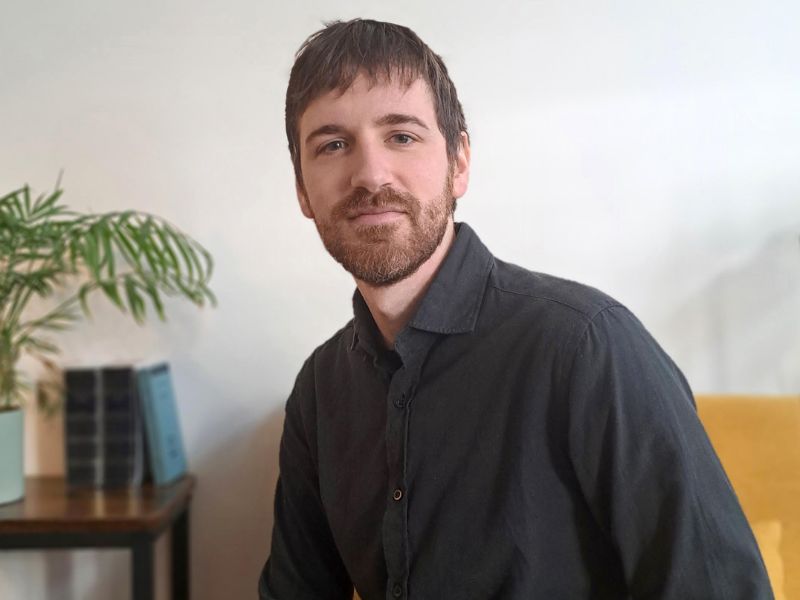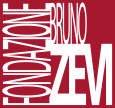Michele Tenzon è il vincitore del Premio Bruno Zevi 2023

Michele Tenzon è il vincitore del Premio Bruno Zevi 2023 – XVII edizione con il saggio “Designing in the Rural-Urban Continuum: the Haddada Village in the French Morocco”.
I suoi lavori più recenti includono l’analisi del contributo di architetti e pianificatori ai programmi di sviluppo rurale in Nord Africa, e dell’impatto sull’ambiente costruito dello sviluppo di industrie quali la produzione di olio di palma nell’Africa Sub-sahariana.
Il tema apre ed espande su prospettive di ricerca verso campi nuovi, gli stessi su cui si era profuso l’impegno civile di Bruno Zevi e la sua attenzione nei confronti della società, e che si riverberano nello studio e nella trattazione presentata.
Di particolare nota il modo in cui si affronta l’analisi critica, ferma e pacata allo stesso tempo, frutto di rigore metodologico unito ad una narrativa ben calibrata, e soprattutto screvra da generica quanto retorica opposizione tra colonialismo e post-colonialismo, quindi originale, e al tempo stesso facilmente accessibile al lettore.“Designing in the Rural-Urban Continuum: the Haddada Village in the French Morocco” offre dunque riferimenti innovativi ed interessanti all’eredità culturale di Bruno Zevi.
Michele Tenzon is the winner of the Bruno Zevi Prize 2023 – XVII edition with the essay “Designing in the Rural-Urban Continuum: the Haddada Village in the French Morocco”.
A historian of architecture and urban planning, his research investigates the transformations of the rural landscape and the relationship between city and countryside in the Mediterranean area and in Africa, with particular interest in the decolonial transition. His most recent work includes analyzing the contribution of architects and planners to rural development programs in North Africa, and the impact on the built environment of the development of industries such as palm oil production in Sub-Saharan Africa.
Here are the jury’s reasons:
Clear, well written, and carefully adapted to the prize criteria, this essay makes for an interesting and enjoyable reading. The author discusses the so-called ‘trame Écochard’, referring to the French architect and urban planner Michel Écochard (1905-1985), involved, amongst other things, with the planning and redevelopment of both Casablanca and Damascus.
Namely, the subject is the trame’s application to the construction of the Haddada Village in the French Protectorate in Morocco, by technicians from the Service de l’Urbanisme, in 1952. The topic opens up and expands upon research on fields which deserves further investigation; Zevi’s civic engagement, and his attention to society, are clearly reflected in a study which expresses, albeit in a very balanced way, a strong position. Indeed, the author originally overcomes any generic and rhetorical opposition between colonial and post-colonial assumptions, and proposes a critical reflection which brings those important aspects to an open debate. In conclusion, ‘Designing in the Rural-Urban Continuum: the Haddada Village in the French Morocco’ creates new references when it comes to the future of Bruno Zevi’s legacy.

 English
English